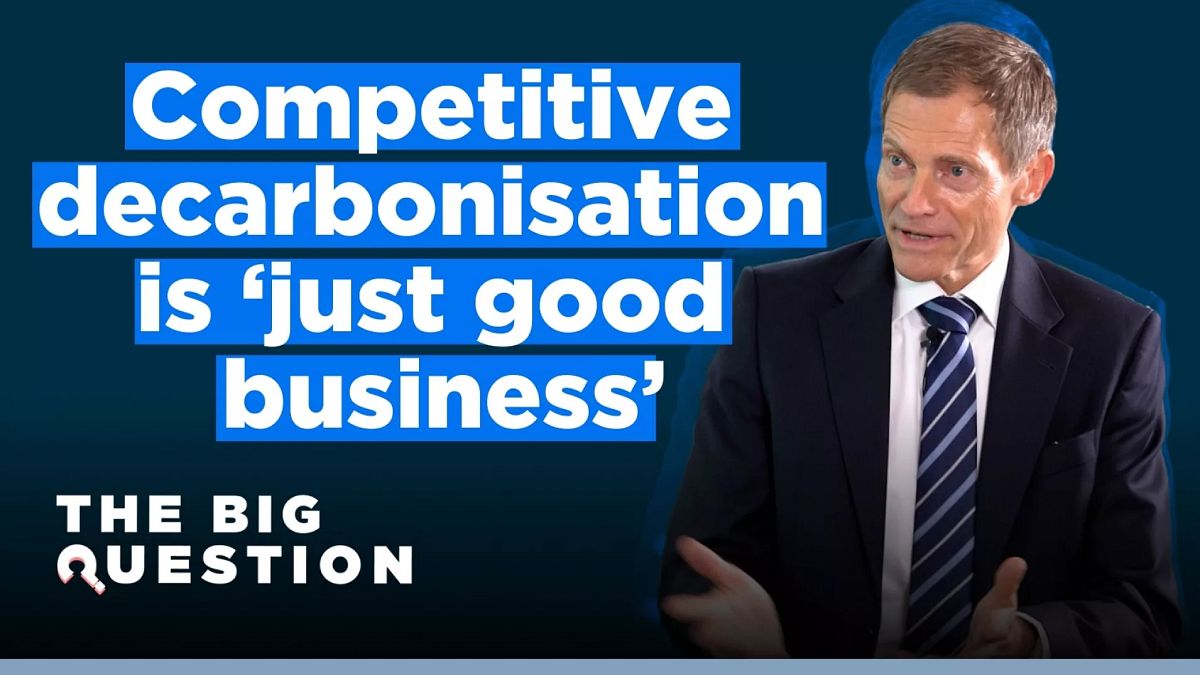By 2030, 53% of the world’s energy input will be wasted as excess heat. How can we put this to good business use?
Sustainability, energy efficiency and zero emissions are words on everyone’s lips.
And while the companies that don’t make environmental efforts get called out, or those that try to pretend, accused of greenwashing, is there a business case to encourage companies to get on board?
In this episode of The Big Question, Hannah Brown sits down with Kim Fausing, CEO of Danfoss to discuss how they’ve made going green good for business.
What is ‘competitive decarbonisation’?
Danfoss has focused on optimising its infrastructure as its first step towards decarbonisation. Although they are an engineering giant, they say their approach is achievable for all sizes of business.
“We don’t do any projects that have a payback time of more than three years,” Kim explained.
A very simple change that they have implemented across their sites is the use of variable speed drives.
“Most electrical motors that are in all sorts of industrial applications are on or off. So it means either they run 100% or they’re stopped 100%. That’s very inefficient.
“If you combine it with a variable speed drive, Europe could save €10bn just for that one single base application.”
It would also avoid around 12.5 – 14.1 tons of CO2e emissions – that equates to the footprint of about two million European citizens.
This is just one of 200 projects Danfoss has in place to reduce its energy consumption that has reaped business rewards.
“We would not like to decarbonise and become not competitive,” Kim added.
How can businesses save energy?
Another great opportunity for Europe is the reuse of excess heat.
As society becomes increasingly digitalised and the demand for data centres grows, so does the heat they churn out. By 2030, 53% of the world’s energy input will be wasted as excess heat.
For example, it’s projected that the heat produced from data centres in the Frankfurt region of Germany by this time could be enough to heat the entire city.
It would be a shame to waste it and think of the money citizens could save.
Some data suggests that certain regions will see 50% higher energy prices in 2050. So, by reducing and reusing energy wherever possible, it would help to keep those economies more competitive in the face of surging prices.
In doing so, manufacturing industries could also almost double the gross value added from each unit of energy use by 2040, according to Danfoss’ competitive decarbonisation report.
Plus, analysis shows that growing demand for net-zero offerings could generate more than €11.3tn of annual sales by 2030.
The Big Questionis a series from Euronews Business where we sit down with industry leaders and experts to discuss some of the most important topics on today’s agenda.
Watch the video above for the full conversation with Danfoss CEO, Kim Fausing.
Video editor • Vassilis Glynos

